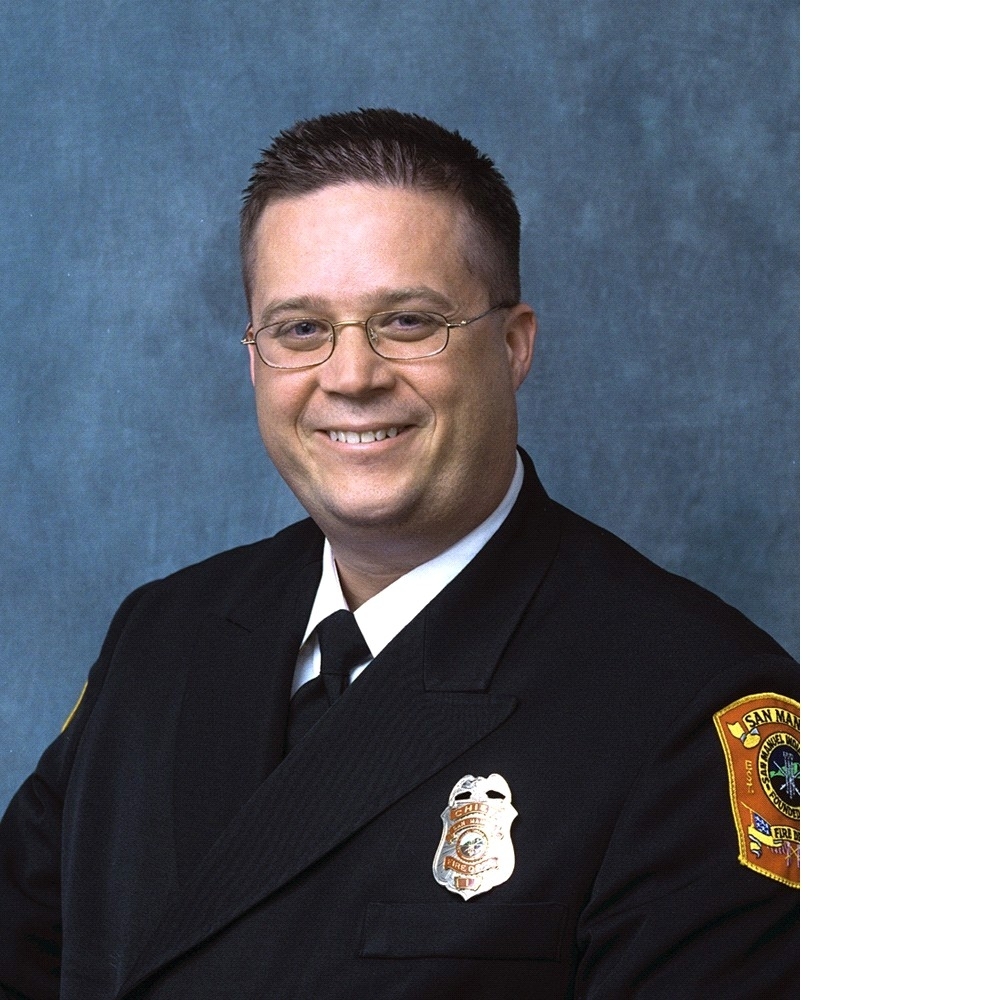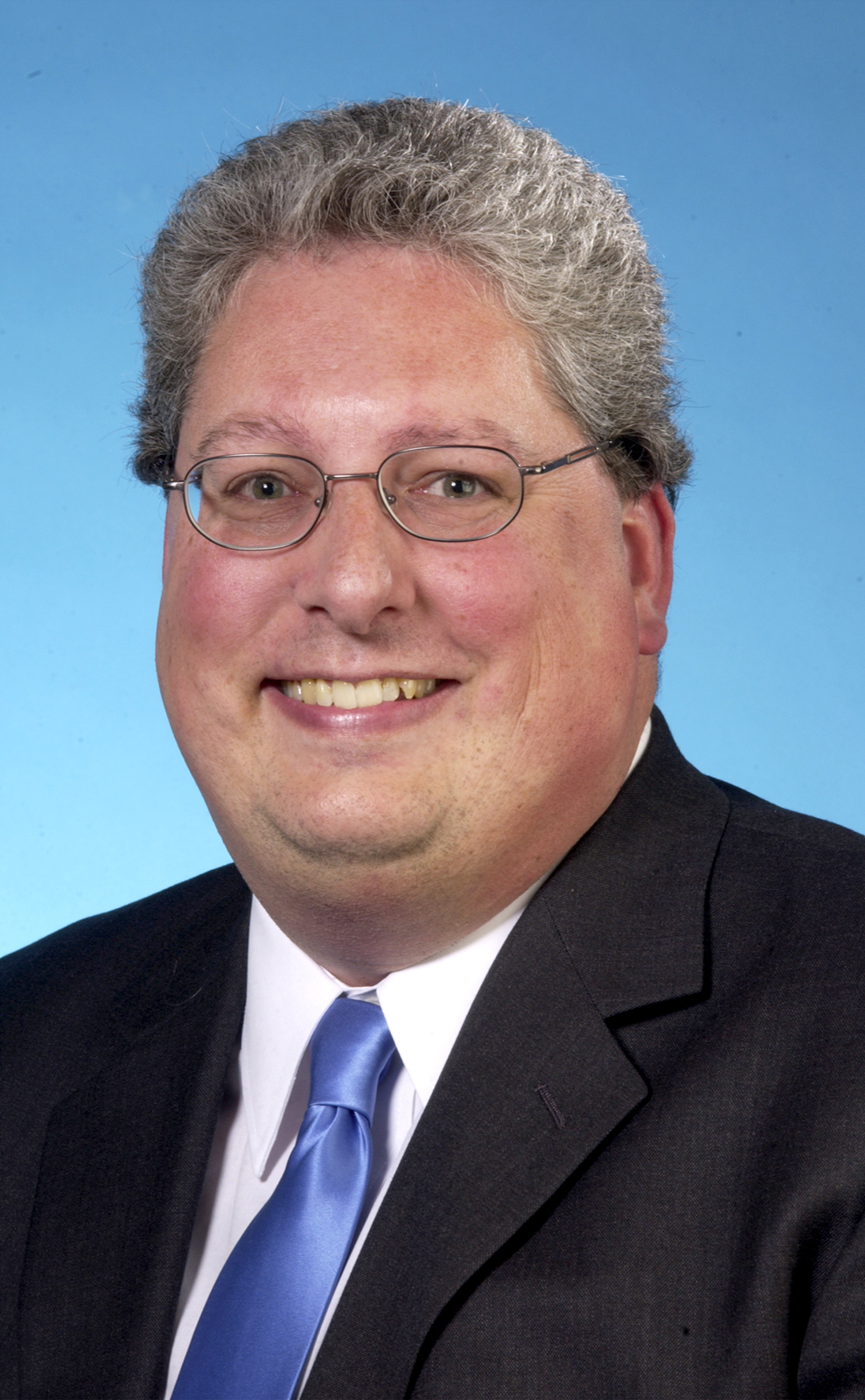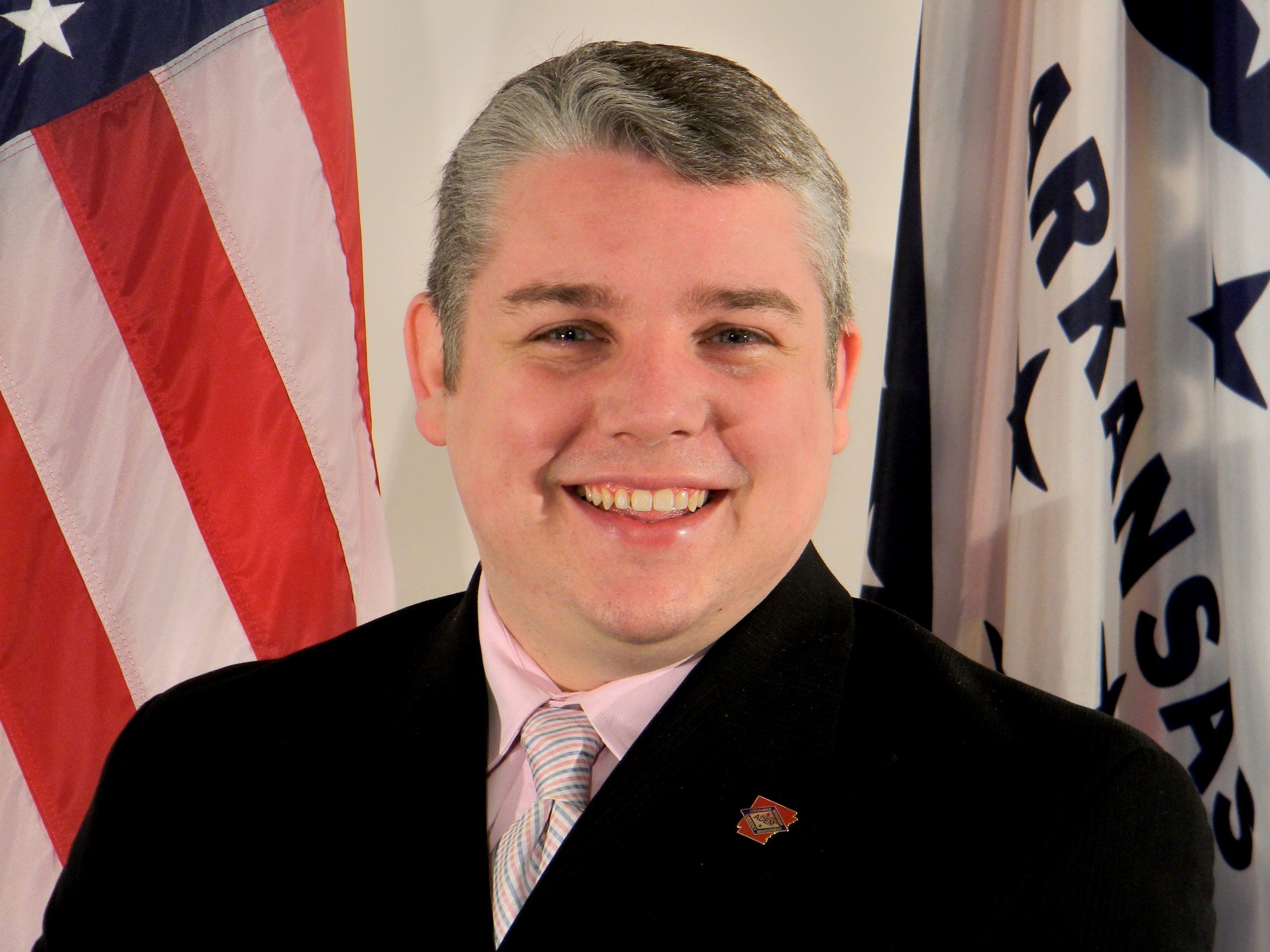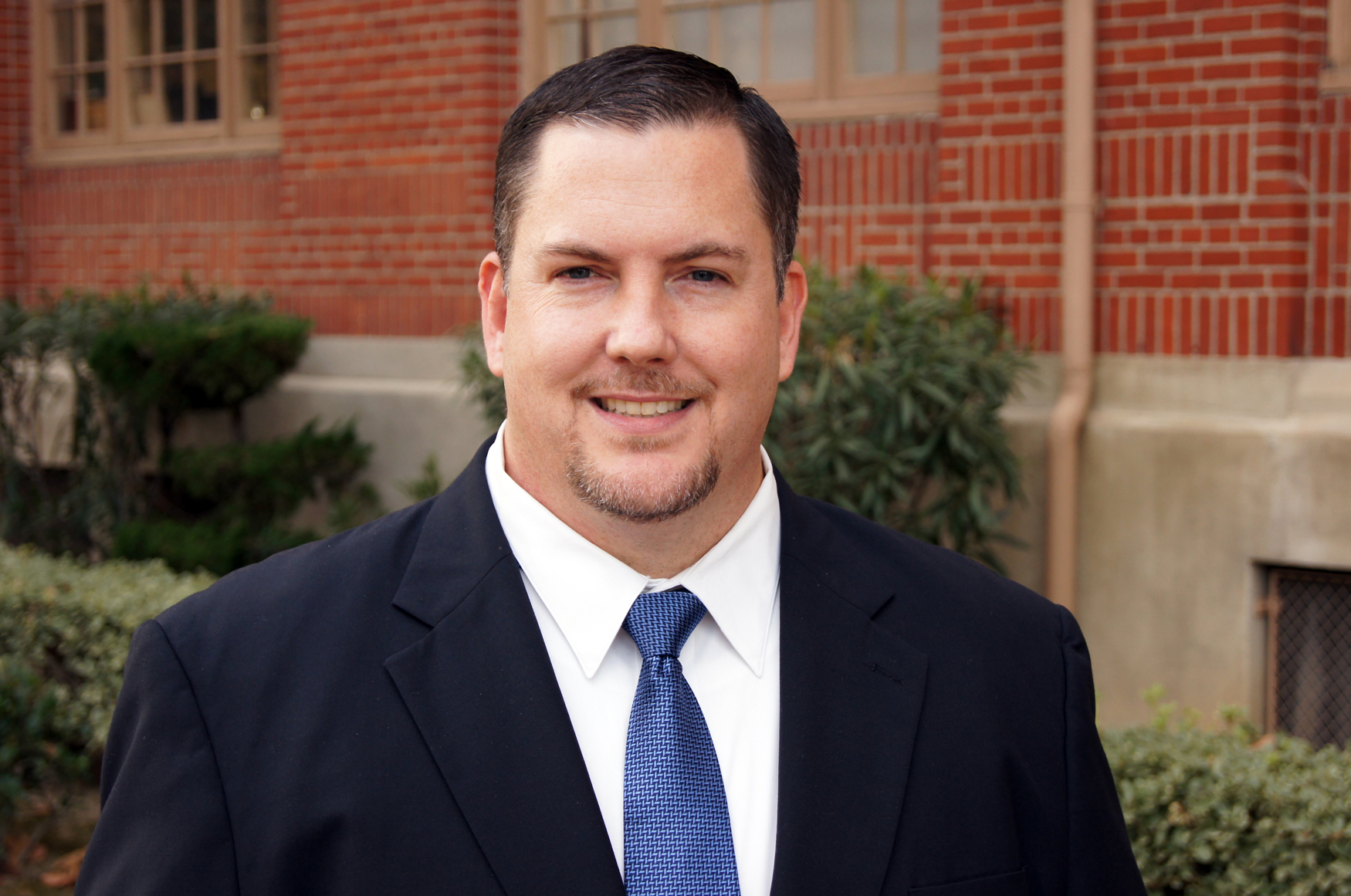Champions of Change Blog
On the Reservation and Beyond
Posted by on January 20, 2012 at 10:00 AM EDT As a representative of the San Manuel Band of Mission Indians of southern California, I am honored to be recognized as a “Champion of Change.” In my decade of service for the Tribe I have seen much change as San Manuel has established many departments not only Fire in fewer than two decades; a notable accomplishment when considering that counties and municipalities have historically taken 50 to 100 years to develop similar services. Chief among these accomplishments has been its investment in a safe community for all who live, visit and work on the reservation some 70 miles from Los Angeles. As one of the oldest established communities in the San Bernardino Valley, the people of San Manuel have managed their land since the establishment of the reservation in 1891; a steep terrain which is crisscrossed by earthquake faults lying in the path of floods and wildfires. Therefore, when the tribal government began to develop needed services, fire and emergency response was of paramount priority. In my role as fire chief I am humbled and honored to be part of a community wide effort that is bourn from the experience of generations of tribal members who built and safeguarded their reservation despite many challenges and limited resources.
As a representative of the San Manuel Band of Mission Indians of southern California, I am honored to be recognized as a “Champion of Change.” In my decade of service for the Tribe I have seen much change as San Manuel has established many departments not only Fire in fewer than two decades; a notable accomplishment when considering that counties and municipalities have historically taken 50 to 100 years to develop similar services. Chief among these accomplishments has been its investment in a safe community for all who live, visit and work on the reservation some 70 miles from Los Angeles. As one of the oldest established communities in the San Bernardino Valley, the people of San Manuel have managed their land since the establishment of the reservation in 1891; a steep terrain which is crisscrossed by earthquake faults lying in the path of floods and wildfires. Therefore, when the tribal government began to develop needed services, fire and emergency response was of paramount priority. In my role as fire chief I am humbled and honored to be part of a community wide effort that is bourn from the experience of generations of tribal members who built and safeguarded their reservation despite many challenges and limited resources.Unlike many reservations across America which are rural, San Manuel interfaces directly with two cities: San Bernardino and Highland. Throughout its history, the people of San Manuel have worked together with their neighbors to build their community seeking to find common ground based on mutual respect while building a self sufficiency. It was in this spirit that I came to work for the Tribe in 1999 to develop and lead all emergency and preparedness activities for the Tribe. Previous to working for San Manuel, I had served numerous roles including: Paramedic-Engineer for the California Department of Forestry and Fire Protection; paramedic program liaison for Crafton Hills College; federal disaster team member (responding to the World Trade Center after the 9-11 attacks, and the gulf region for Hurricane Katrina in 2005); President and Engineer for a local volunteer fire department, flight paramedic, and Special Projects Officer for the California National Guard’s California Cadet Corps. The position with San Manuel was rare opportunity indeed, and for the next 4 years, I and the community worked diligently to organize the resources and personnel needed to constitute a fully operational Fire Department that met all necessary requirements to join the state’s mutual aid response and protect both San Manuel and the communities of California.
Learn more aboutIn Case of Emergency: A Journalist's Perspective
Posted by on January 20, 2012 at 10:00 AM EDT In March 2008, John D. Solomon launched his blog “In Case of Emergency, Read Blog: A Citizen’s Eye View of Public Preparedness” as research for a book he was writing on preparedness for emergencies from the vantage point of a father-husband-and son interested in helping safeguard his family and community. www.incaseofemergencyblog.com
In March 2008, John D. Solomon launched his blog “In Case of Emergency, Read Blog: A Citizen’s Eye View of Public Preparedness” as research for a book he was writing on preparedness for emergencies from the vantage point of a father-husband-and son interested in helping safeguard his family and community. www.incaseofemergencyblog.com“I am going through the preparedness process from the first person point of view of an average citizen which I am,” John wrote in his first blog posting. “We are now in the pro-am Wikipedia era of preparedness where the public has both a major responsibility and role in their own preparedness. The fact is that post-9/11 emergency preparedness is such a new and multi-disciplinary area that there really aren’t any experts in all of it. We’re all learning together. I hope this blog will contribute to that important education process.”
Six months later, John was diagnosed with leukemia. Many months in the hospital and multiple rounds of chemotherapy followed, as did his blogging. John reported from conferences he’d helped to organize as well as those he had not; posted interviews and was interviewed; devised legislation to incentivize the sale of emergency supplies via “tax holidays”; evaluated how government and non-profit disaster relief organizations were using social media tools; celebrated others’ initiatives by calling them to the attention of policy makers; conducted contests to foster citizen preparedness; and videotaped leaders in the preparedness community for their tips on readiness for his series “What Should I Tell the Public?” including one with FEMA Administrator Craig Fugate, which they filmed just two months before John’s untimely death in November 2010.
Learn more aboutCreating a Culture of Preparedness
Posted by on January 19, 2012 at 2:30 PM EDT Working with youth and their families to become more prepared for emergencies has engaged me in something that was always so foreign. I never imagined the full impact of a house fire or a flood. Let alone a tornado, hurricane or earthquake. The neighborhoods of Chicago display the work that has begun and the vast amount of work that still remains. Each week I see American Red Cross volunteers hop into Emergency Response Vehicles (ERVs) and drive to the same neighborhoods where we held a fire safety fair the week before. During last winter’s blizzard, people survived but had to endure without the blankets, water and first aid kits that would have made it easier. I have never seen anyone receive a citation for lack of emergency preparedness, but my hope is that we shift the norm by preparing our youth to lessen the impact of future disasters.
Working with youth and their families to become more prepared for emergencies has engaged me in something that was always so foreign. I never imagined the full impact of a house fire or a flood. Let alone a tornado, hurricane or earthquake. The neighborhoods of Chicago display the work that has begun and the vast amount of work that still remains. Each week I see American Red Cross volunteers hop into Emergency Response Vehicles (ERVs) and drive to the same neighborhoods where we held a fire safety fair the week before. During last winter’s blizzard, people survived but had to endure without the blankets, water and first aid kits that would have made it easier. I have never seen anyone receive a citation for lack of emergency preparedness, but my hope is that we shift the norm by preparing our youth to lessen the impact of future disasters.Every year the disasters we see are different but the educational programming we provide in schools, home, and churches is constant. The American Red Cross in partnership with the Serve Illinois Commission supports AmeriCorps members in their work to educate thousands of pre-kindergarten through 12th graders how to make a life-changing difference in an emergency. To date our youth preparedness program has engaged over 400 AmeriCorps members and triple that in volunteers. I talk about creating a culture of preparedness; I see it in the AmeriCorps serving, and those that have served, and I see it daily in the kids learning from them.
Learn more aboutStrength in Numbers
Posted by on January 19, 2012 at 2:00 PM EDT It is an honor to be recognized as a White House Champion of Change for the collaborative work that we have done in Racine County.
It is an honor to be recognized as a White House Champion of Change for the collaborative work that we have done in Racine County.Most emergency management offices around the country have limited budgets and are understaffed, while juggling a myriad of tasks and responsibilities including planning, training, disaster exercise facilitation, public outreach and response. As a result, building partnerships and taking a “whole community approach to emergency management” is a necessity, not an option.
According to FEMA, the Whole Community approach is based on the recognition that it takes all aspects of a community to effectively prepare for, protect against, respond to, recover from, and mitigate any disaster. This includes the whole spectrum of emergency management partners—not only the traditional, but also the non-traditional, including volunteer, faith, and community-based organizations; the private sector; and the public, including survivors themselves.
Learn more aboutThe Importance of Community Preparedness and the Whole Community
Posted by on January 19, 2012 at 2:00 PM EDT “All disasters are local,” so goes the saying. From the moment an event or disaster happens, citizens are the first, most directly affected. For this reason, programs like the Arkansas Citizen Corps and many others like it, around the country, spend countless hours and dollars ensuring that members of the community are prepared to respond to these catastrophic events. 2011 saw countless natural disasters including flooding, tornadoes and winter weather. Arkansas has seen 12 Federally Declared Disasters since 2008.
“All disasters are local,” so goes the saying. From the moment an event or disaster happens, citizens are the first, most directly affected. For this reason, programs like the Arkansas Citizen Corps and many others like it, around the country, spend countless hours and dollars ensuring that members of the community are prepared to respond to these catastrophic events. 2011 saw countless natural disasters including flooding, tornadoes and winter weather. Arkansas has seen 12 Federally Declared Disasters since 2008.When I started at the Arkansas Department of Emergency Management in January 2008, I had been on the job less than 2 weeks when the state experienced a series of tornado outbreaks on February 5, 2008. I was working the State Emergency Operations Center and watched the storms wreak havoc across our state. From February through September of 2008, we had five federal declarations alone. As I worked on disaster deployments in many counties, I saw first-hand how devastating these storms were. In a matter of hours, the lives of countless Arkansans were turned upside down. Fortunately, the loss of life in these storms was low. But any life lost gives us pause to see if there is more we can do to prepare our citizens.
One of the important goals of the Citizen Corps Program is educate and train the community in ways they can prepare themselves. It’s often said that we need to be self-sufficient for at least 72 hours after a disaster. And while this is a good start, many Americans and Arkansans live in rural communities. These 72 hours may need to be adjusted to a week or longer. This self-sufficiency must include everything you need to survive like medications, water for people and pets, food and safe living conditions. Training and classes are available all around the country for the public to better prepare.
The public isn’t the only group who has a role in preparedness. Responders in law enforcement, fire, emergency management, medical response and the private sector are all partners in preparedness. This concept is commonly referred to as The Whole Community. Our work in this area reflects a need to prepare for the needs of all members of communities. Whether that means residents in low-income areas, those with access and function needs or the businesses that an area relies for necessities, everyone must make the effort to plan and prepare for disasters and emergencies that interrupt daily life. The whole community is affected by disasters and the whole community must be a part of the response.
Learn more about , , Economy, Foreign PolicyTranslating Science into Safety
Posted by on January 19, 2012 at 2:00 PM EDT I am honored to be among those recognized as a Champion of Change as part of this year’s Individual and Community Preparedness Awards from FEMA. It’s important for me to start out by noting that, in receiving this recognition, I represent a large and growing group of people committed to earthquake risk reduction across the country. In particular I am fortunate to lead the Earthquake Country Alliance in California, which brings together scientists, government officials, community leaders, and many others to develop shared messages, joint products, and shared activities that help people prepared so they will survive and recover quickly in our next big earthquake. Our cornerstone program is the Great California ShakeOut earthquake drill, (www.ShakeOut.org) which began in 2008 and in 2011 had more than 8.6 million participants throughout the state practice how to protect themselves during a big earthquake: Drop, Cover, and Hold On.
I am honored to be among those recognized as a Champion of Change as part of this year’s Individual and Community Preparedness Awards from FEMA. It’s important for me to start out by noting that, in receiving this recognition, I represent a large and growing group of people committed to earthquake risk reduction across the country. In particular I am fortunate to lead the Earthquake Country Alliance in California, which brings together scientists, government officials, community leaders, and many others to develop shared messages, joint products, and shared activities that help people prepared so they will survive and recover quickly in our next big earthquake. Our cornerstone program is the Great California ShakeOut earthquake drill, (www.ShakeOut.org) which began in 2008 and in 2011 had more than 8.6 million participants throughout the state practice how to protect themselves during a big earthquake: Drop, Cover, and Hold On.The success of the ShakeOut has demonstrated the importance of involving the whole community in the planning and implementation of preparedness activities, and shows how much can be accomplished when committed people share their expertise, their time, and their resources. With the support of FEMA and the National Earthquake Hazards Reduction Program I have been working with many other states (and several countries) to replicate the ShakeOut model (in 2011 more than 12 million people total participated in ShakeOut drills) and have found the collaboration process profoundly rewarding.
Each new group of partners brings new insights and develops new products that are shared with the rest, developing a global model for motivating preparedness and mitigation. This year ShakeOut drills will be held in more than 18 states and territories, plus also in Canada, Japan, New Zealand, India, several Central Asian counties, and perhaps elsewhere. It’s a growing movement and I’m fortunate to now have so many new partners to develop the ShakeOut far beyond its original one-time-only plan! Beyond just a drill, ShakeOut is now an infrastructure for organizing public education efforts for earthquake preparedness, mitigation, and resiliency.
- &lsaquo previous
- …
- 138
- 139
- 140
- 141
- 142
- 143
- 144
- 145
- 146
- …
- next &rsaquo
White House Blogs
- The White House Blog
- Middle Class Task Force
- Council of Economic Advisers
- Council on Environmental Quality
- Council on Women and Girls
- Office of Intergovernmental Affairs
- Office of Management and Budget
- Office of Public Engagement
- Office of Science & Tech Policy
- Office of Urban Affairs
- Open Government
- Faith and Neighborhood Partnerships
- Social Innovation and Civic Participation
- US Trade Representative
- Office National Drug Control Policy
categories
- AIDS Policy
- Alaska
- Blueprint for an America Built to Last
- Budget
- Civil Rights
- Defense
- Disabilities
- Economy
- Education
- Energy and Environment
- Equal Pay
- Ethics
- Faith Based
- Fiscal Responsibility
- Foreign Policy
- Grab Bag
- Health Care
- Homeland Security
- Immigration
- Innovation Fellows
- Inside the White House
- Middle Class Security
- Open Government
- Poverty
- Rural
- Seniors and Social Security
- Service
- Social Innovation
- State of the Union
- Taxes
- Technology
- Urban Policy
- Veterans
- Violence Prevention
- White House Internships
- Women
- Working Families
- Additional Issues

